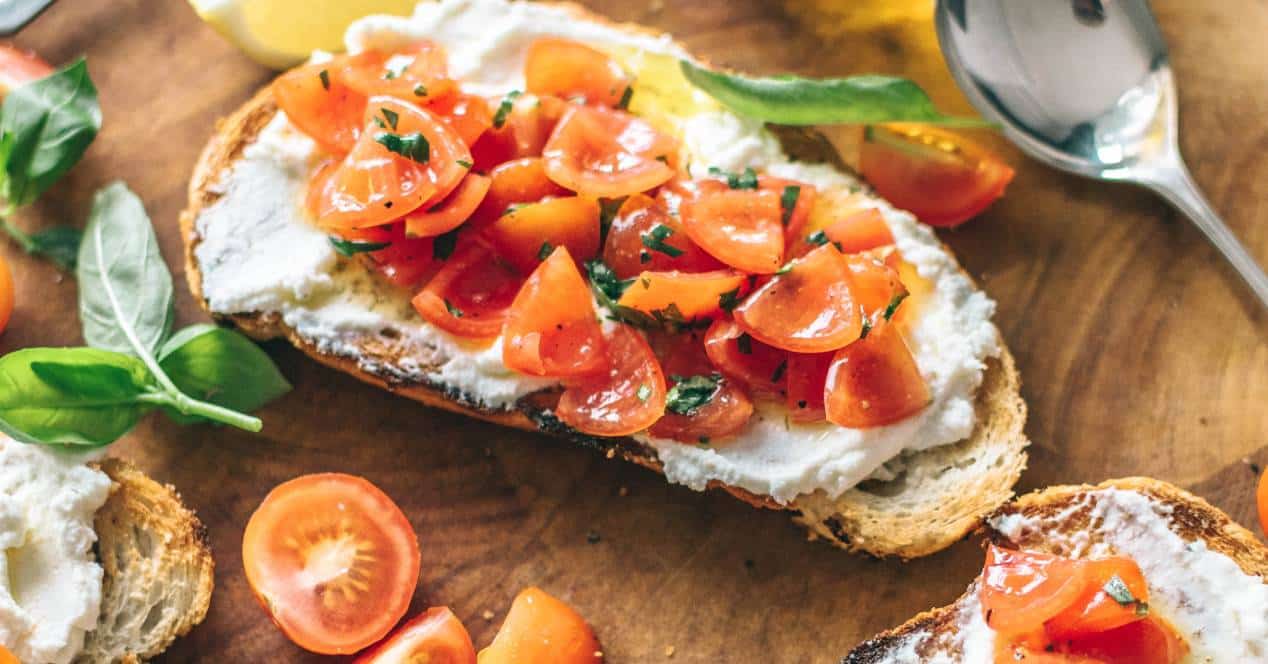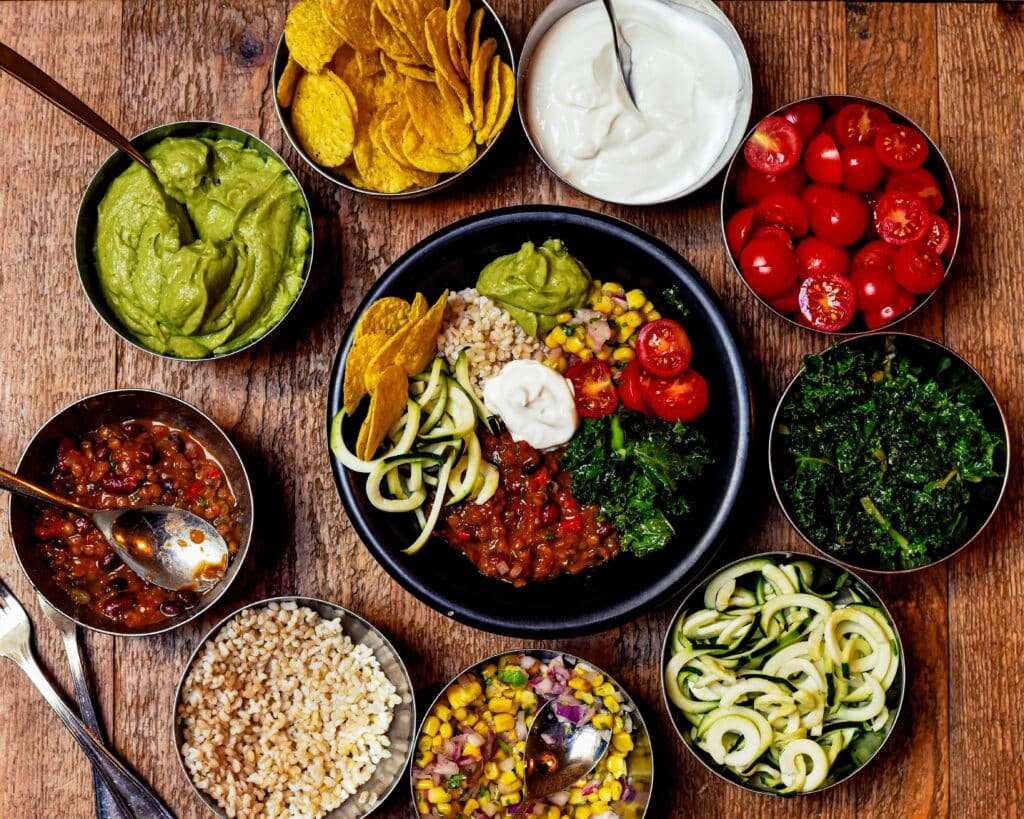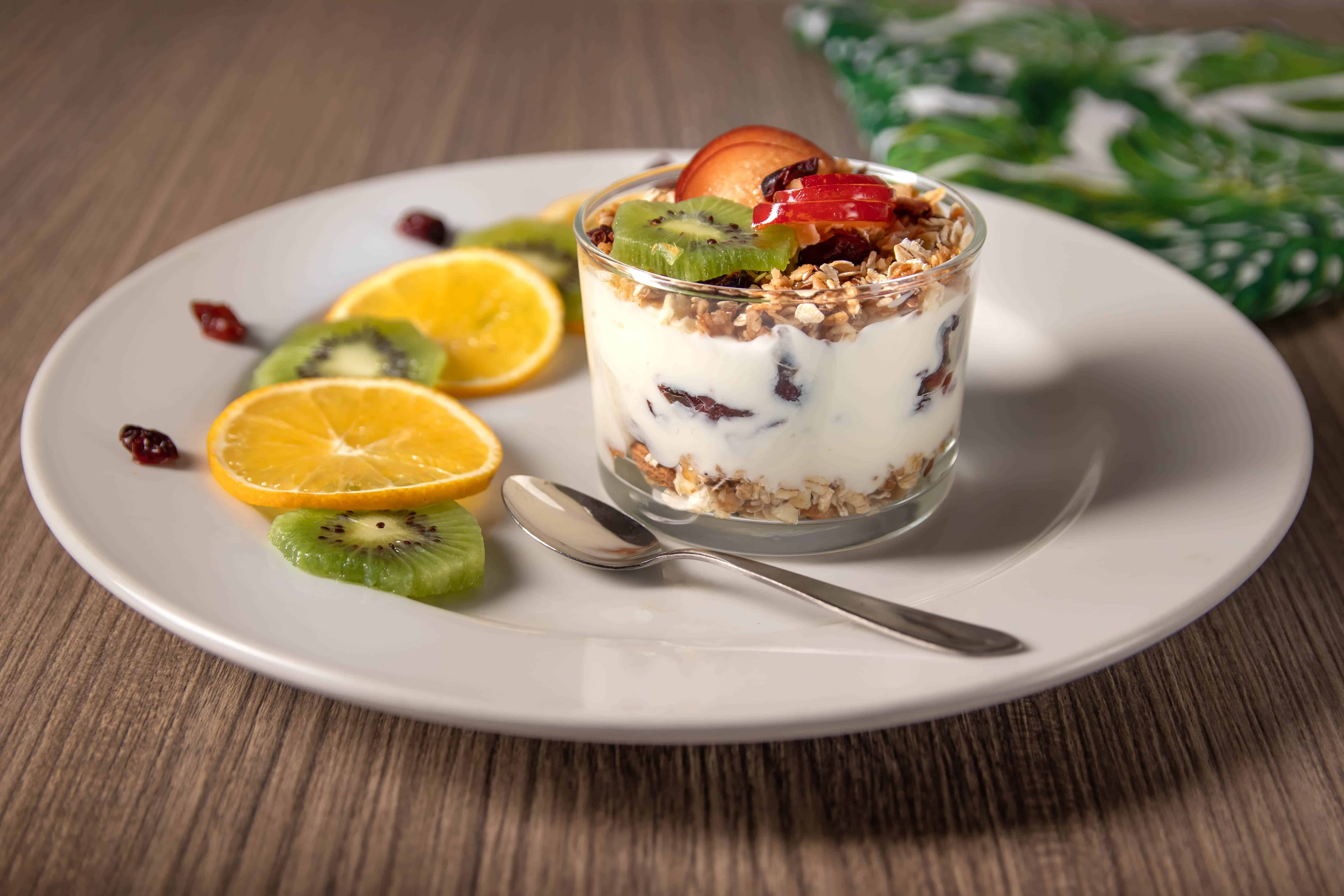
You've probably noticed that your options in the yogurt aisle have skyrocketed in recent years. Greek, skyr, goat, whipped cheese – the varieties of dairy products seem endless. Now, you can add a new one: quark. Not quite cheese and not quite yogurt, quark is slowly gaining popularity as a viable substitute for yogurt (or cottage cheese or cream cheese).
Although it may be a relatively new addition to supermarkets, it has long been a staple in German homes. So should you ditch your beloved extra-thick Greek yogurt to make room for this new food?
What exactly is cheese quark?
The quark is a hard food to pin down: is it cheese? Is it yogurt? Is it the sound that ducks make? Technically, the quark is a soft and spreadable cheese. However, due to its creamy texture, it is more often compared to a thick yogurt, similar to Greek or skyr. It is also often compared to cottage cheese, although it lacks a lumpy texture.
To make quark, milk that has been made sour by the addition of acid is heated until curdled and then filtered before bacterial strains are added to further ferment the lactose. It is then continuously stirred to prevent hardening and to give the quark its thick, smooth texture.
As for its taste, it can best be described as smooth and neither sweet nor sour, which means it lacks the spicy aftertaste of yogurt. So if you're not a fan of yogurt unless it's dipped in honey to tame its sour power, quark might be just the thing for you.
Quark nutritional benefits for athletes
Nutritionally, the quark has several highlights.
One serving (1 cup) of pure quark with 4% fat contains approximately the following:
- 120 calories
- 14 grams of protein
- 5 grams of fat
- 5 grams of saturated fat
- 5 grams of carbohydrates
- 0 g of dietary fiber
- 60 mg sodium
- 182 mg calcium
One serving (1 cup) of pure quark with 0% fat contains approximately the following:
- 90 calories
- 17 grams of protein
- 0 g of fat
- 0 grams of saturated fat
- 6 grams of carbohydrates
- 0 g of dietary fiber
- 60 mg sodium
- 201 mg calcium

It's worth noting up front that it contains the same amount of protein as Greek or skyr yogurt (although levels vary by brand). And it's not just any protein. Has all essential amino acids, including leucine, a branched-chain amino acid, which aids in muscle protein synthesis.
It is a good post-workout snack
It can be a great protein-packed snack option or a way for your vegetarian meals to get a boost of this macronutrient. Since science shows that up to 30 grams of protein can be used by the body after a bout of resistance exercise to maximize the rate of muscle protein synthesis (i.e., building muscle), quark's high protein content also makes it a good food choice after a hard workout for help repair your muscles.
Take care of the gut microbiome
Being a fermented product, the quark can help improve gut health with a replenishment of beneficial bacteria. Having a healthy and diverse gut microbiome definitely brings with it some performance-enhancing benefits.
For example, frequent consumption of probiotics can decrease the chances of gastrointestinal upset during prolonged exercise and, according to a study in the journal Nutrients, it could help athletes to boost your immunity so that they are less likely to catch colds.
One study found that a higher intake of fermented milk products may help reduce blood pressure levels, which, in turn, helps fend off hypertension. That said, we still don't know if the strains of bacteria in quark have the same health impacts as those in yogurt, kefir, kimchi, and other fermented foods and beverages.
It has many micronutrients
As a nutrient-dense product, the quark contains various amounts of calcium, vitamin A, vitamin D and B vitamins that benefit the bones, all of which can help contribute to the increased nutrient needs of anyone who spends a lot of time in the chair.
Your fat is healthy
You don't need to choose fat-free quark over whole milk quark. Thanks to science, we are eliminating the concept that we should stay away from full-fat dairy, like 4 percent quark. For example, research in the journal Circulation found that those who had higher levels of circulating blood fats associated with dairy intake, on average, had a 46 percent lower risk of developing diabetes over a 15-year period than those with lower levels.
Another recent study from the University of Texas reported that replacing 2 percent of daily calorie intake from meat-based saturated fat with calories from dairy-based saturated fat was associated with a 25 percent lower risk of heart disease in 5.209 people over a decade.
And despite the few extra calories you're getting into your diet, science argues that the fat in dairy can help, not hurt, your waistline. It could be that the unique composition of the type of fat in dairy has less harmful (and even beneficial) effects on the body. The fat in dairy such as quark is not to be feared, but the option an athlete chooses depends on his overall diet and his caloric needs.

Lactose intolerant can take it
If your stomach isn't a fan of lactose, a sugar found naturally in dairy, quark cheese might be tolerated as the fermentation process makes it lower in lactose than milk to make it easier to digest. However, individual tolerances can vary, so some testing is necessary to determine if any nasty side effects arise after spreading some quark on toast.
How should you incorporate quark cheese into your diet?
Think of quark as a cross between Greek yogurt and cottage cheese, so however you enjoy those foods, you'll enjoy quark. And, since the flavor is mild, you can choose between salty or sweet.
One of the easiest ways is to spoon it up for a snack like you would yogurt; perhaps topped with chopped nuts, granola, or fruit. But the possibilities are almost endless: mix it in shakes and sauces, beat it in dressings For a creamy salad topping, dollop with baked potatoes, tacos, pancakes or even pizza, use it in dough for muffins, stir in tuna salad instead of Mayonnaise or spread it on a toast or a bagel followed by your favorite sweet or savory toppings like sliced pear or smoked salmon.